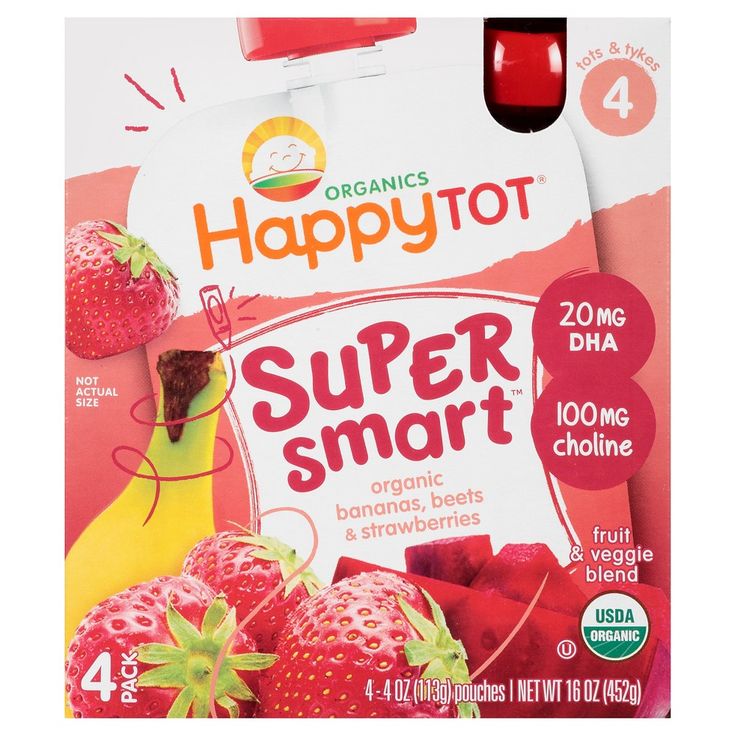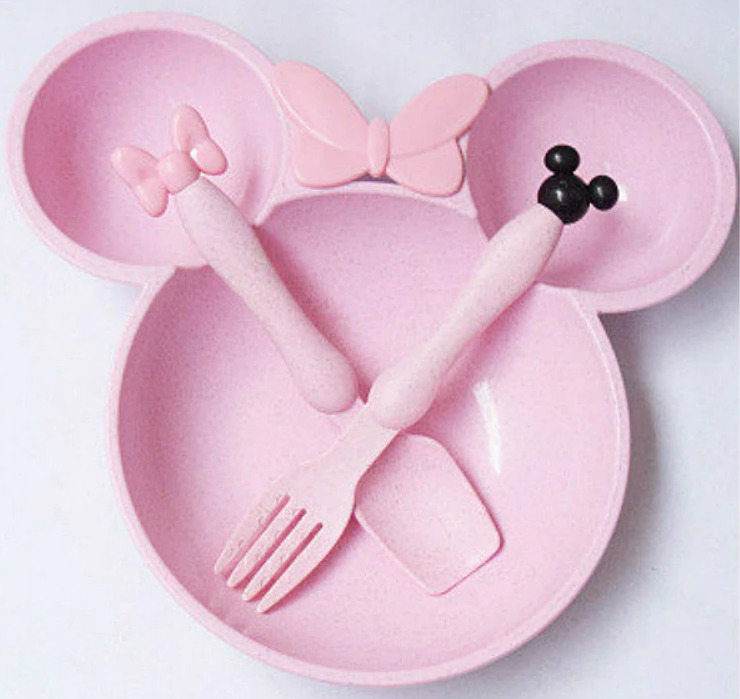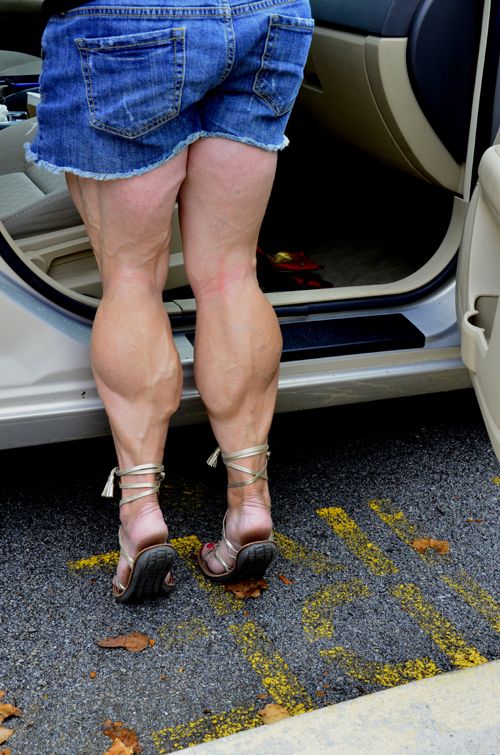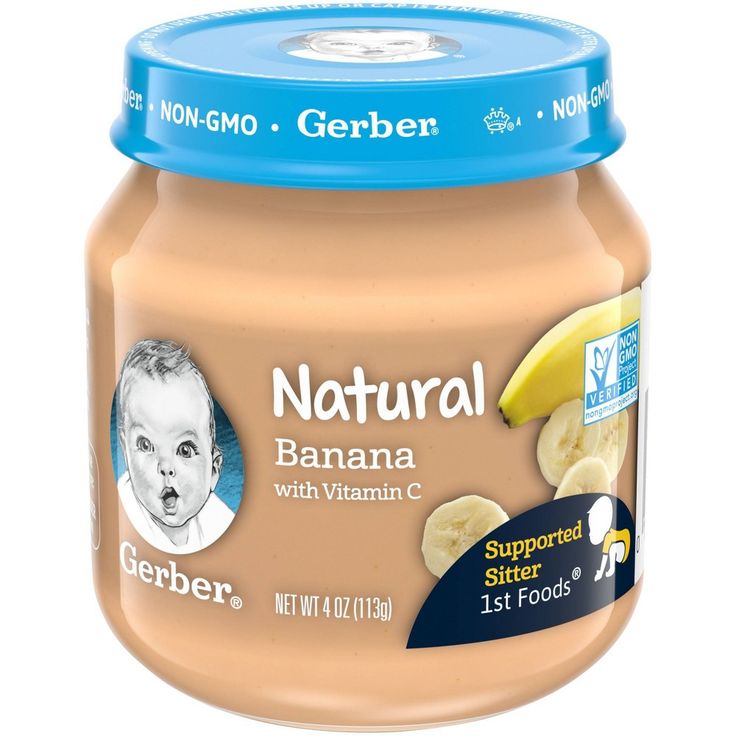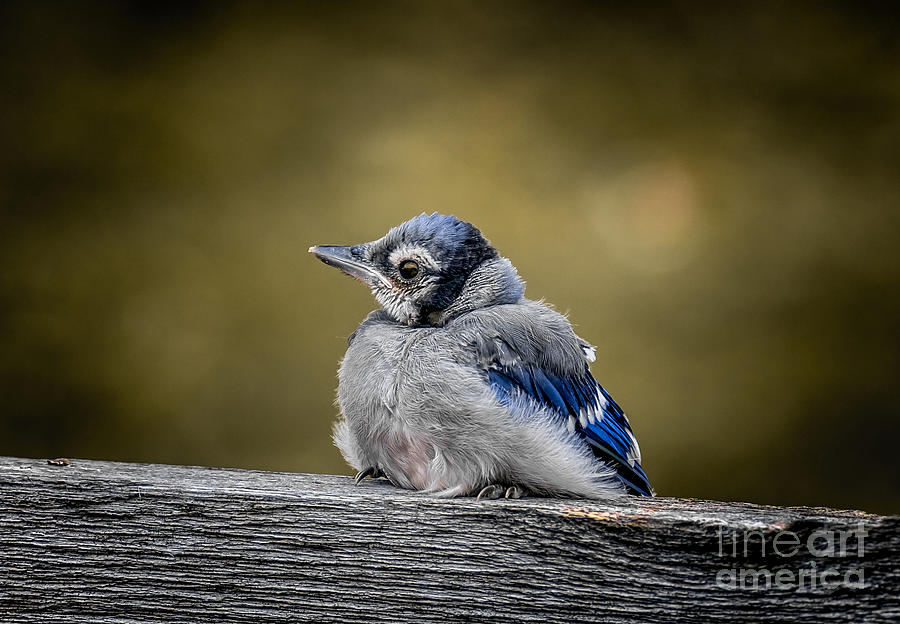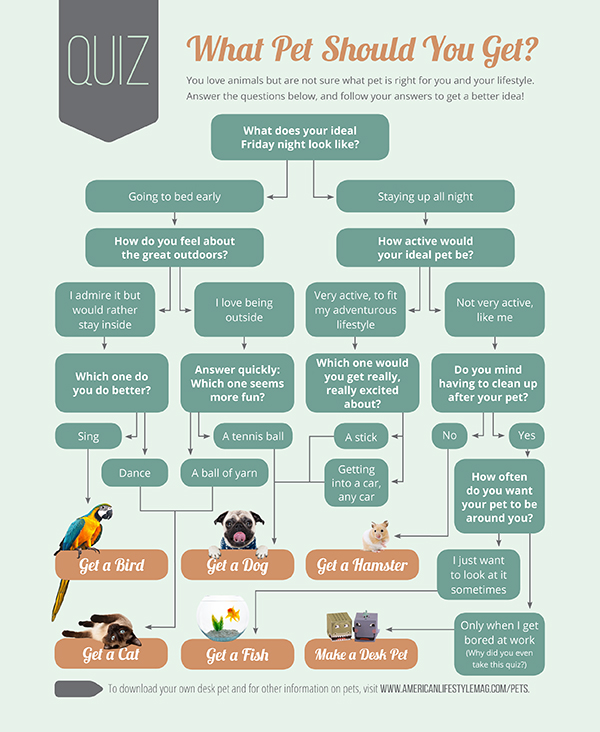Palada baby feeding
Paladai for feeding babies | HKMJ
Hong Kong Med J 2018 Feb;24(1):90–1
© Hong Kong Academy of Medicine. CC BY-NC-ND 4.0
REMINISCENCE: ARTEFACTS FROM THE HONG KONG MUSEUM OF MEDICAL SCIENCES
Paladai for feeding babies
YC Tsao, FHKAM (Paediatrics), FRCPCH
Member, Hong Kong Museum of Medical Sciences Society
Full paper in PDF
The paladai is a cup-like utensil with a narrow tip that has been used traditionally to feed babies in India1 when the mother cannot breast feed. It is used to hold expressed breast milk or other types of liquid or semi-solids. The baby is held reclining while being fed. The narrow tip makes it easier to place the paladai into the baby’s mouth. It is also easier to clean after use than a feeding bottle and is usually made of metal so that it is not easily broken.
The cup in the Museum’s collection (Fig 1), on permanent loan from the Alice Ho Miu Ling Nethersole Charity Foundation, is similar to the paladai but has a curved hood over the top to lessen spillage, and is ceramic. It is probably a European version of the paladai. In the past, the hood was also added to some of the spoons used to feed babies with cleft palate, but this has now gone out of fashion.
Figure 1. Feeding cup (modified paladai) previously used in Alice Ho Miu Ling Nethersole Hospital
Babies with cleft palate are difficult to feed for two main reasons. First, they cannot create a vacuum in the mouth to suck. Second, the milk can easily enter the nasal cavity and cause irritation.
Various devices have been used to help make feeding easier. While some use a narrow spoon to place the feed into the baby’s mouth, others use a cup. The paladai may be regarded as a special cup used for this purpose. Some used a syringe pump with a rubber tube at the tip. Various specially designed bottles and nipples have also been used such as the Medela Special Needs feeder (formerly called Haberman feeder after its inventor),2 the Dr Brown’s bottle,3 and the Pigeon nipple. 4 All use a one-way valve to keep the nipple filled. Pressure on the nipple prompts milk flow into the mouth and release of pressure allows the nipple to be refilled from the bottle. The Haberman design has a compressible neck between the teat and the bottle, which can be controlled by the feeder. The Dr Brown’s specialty bottle comes with a one-way valve for the nipple and an air-vent for the bottle to reduce the air that the baby swallows as it feeds. The Pigeon nipple has only a one-way valve and can be used with an ordinary milk bottle. The Enfamil Cleft Lip/Palate Nurser uses a compressible bottle to control milk flow and may be used with an ordinary nipple with the hole widened by a crosscut.
4 All use a one-way valve to keep the nipple filled. Pressure on the nipple prompts milk flow into the mouth and release of pressure allows the nipple to be refilled from the bottle. The Haberman design has a compressible neck between the teat and the bottle, which can be controlled by the feeder. The Dr Brown’s specialty bottle comes with a one-way valve for the nipple and an air-vent for the bottle to reduce the air that the baby swallows as it feeds. The Pigeon nipple has only a one-way valve and can be used with an ordinary milk bottle. The Enfamil Cleft Lip/Palate Nurser uses a compressible bottle to control milk flow and may be used with an ordinary nipple with the hole widened by a crosscut.
Feeding milk from a bottle is now a preferred method of feeding for babies with cleft palate, as it makes the whole feeding process look more normal. To minimise milk entering the nasal cavity, it is usually advised to hold the baby in a semi-upright position.
Dr Edward Hamilton Paterson came to Hong Kong in 1951. He began his career in Hong Kong as the senior surgeon of Alice Ho Miu Ling Nethersole Hospital, and became medical superintendent in 1963. As a surgeon, he took a special interest in cleft lip and palate surgery. He devised the heptagon operation for repair of bilateral cleft lip.5 In those days I was in awe of the excellent results of repairs done by Dr Paterson in patients who came to see me. He became the medical superintendent of the new United Christian Hospital in 1972 when it opened in Kwun Tong. There, he advocated the concept of a ‘hospital without walls’, an initiative to extend patient care beyond the hospital into the community. Relying on outside funding, he established the community nursing service in Hong Kong that was subsequently taken over by the government and recognised as a model of good practice. Such a care model, among many other works, helped him earn the degree of Doctor of Social Sciences, honoris causa, conferred by The University of Hong Kong,6 as well as Justice of the Peace and OBE by the Hong Kong Government. Although administration took up much of his time, he nevertheless continued to develop the service for individuals with cleft lip and malformed palate. In addition, he pioneered a team approach in the care of such children, involving a surgeon, speech therapist, and dentist. The service and the multidisciplinary approach were further expanded by Dr Kevin KW Liu, who joined United Christian Hospital in 1997. In 2010, the team was recognised by the Hospital Authority as a Centre of Excellence for the management of children with severe cleft deformity and in the following year won the Outstanding Team Award. Dr Paterson was overjoyed when he heard the news, as it was part of his legacy (Fig 2).
Although administration took up much of his time, he nevertheless continued to develop the service for individuals with cleft lip and malformed palate. In addition, he pioneered a team approach in the care of such children, involving a surgeon, speech therapist, and dentist. The service and the multidisciplinary approach were further expanded by Dr Kevin KW Liu, who joined United Christian Hospital in 1997. In 2010, the team was recognised by the Hospital Authority as a Centre of Excellence for the management of children with severe cleft deformity and in the following year won the Outstanding Team Award. Dr Paterson was overjoyed when he heard the news, as it was part of his legacy (Fig 2).
Figure 2. Congratulatory letter from Dr EH Paterson to Dr Kevin KW Liu, by courtesy of Dr Kevin KW Liu
Patterns of care and utensils may change, but the paladai from the Alice Ho Miu Ling Nethersole Hospital will remind us of its past use and it may still be useful as a form of cup feeding for many years to come.
References
1. Paladai-infant feeding cup. Available from: https://www.flickr.com/photos/prasadtr/14640566012. Accessed 15 Dec 2017.
2. Haberman M. How to use Haberman feeder by Mandy Haberman. 2010. Available from: https://www.youtube.com/ watch?v=dTXafdt1Ykw. Accessed 15 Dec 2017.
3. Dr. Brown’s medical specialty feeding system. Available from: https://www.drbrownsbaby.com/medical/products/ specialty-feeding/. Accessed 15 Dec 2017.
4. Cleft feeding instructions by Seattle Children’s Hospital. Available from: http://www.seattlechildrens.org/clinics-programs/craniofacial/patient-family-resources/cleft-feeding-instructions/. Accessed 15 Dec 2017.
5. Royal College of Surgeons: Plarr’s Lives of the Fellows Online. Bibliographical entry: Paterson, Edward Hamilton (1920-2013). Available from: https://livesonline.rcseng.ac.uk/biogs/E005167b.htm. Accessed 15 Dec 2017.
6. The University of Hong Kong Honorary Degrees Congregation in 1985.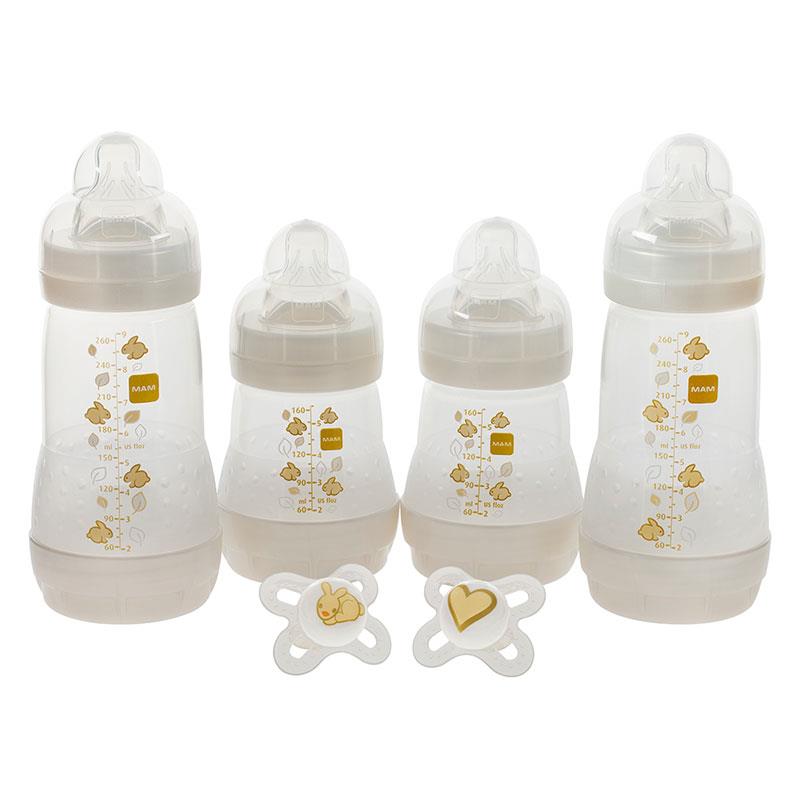 Edward Hamilton Paterson, Doctor of Social Sciences honoris causa. Citation by the Public Orator Professor Francis Charles Timothy Moore.
Edward Hamilton Paterson, Doctor of Social Sciences honoris causa. Citation by the Public Orator Professor Francis Charles Timothy Moore.
Paladai – A boon or a curse? | Baby,New Parents,Newborn care,Health,Baby,Feeding,Newborn,Post Partum Issues,Breastfeeding,Newborn Care,Premature | Blog Post by Sudeshna Nag
Sudeshna Nag
New age hospitals are going back a little in time these days. Babies born premature with extremely low birth weight are now being fed with paladais intead of bottles. The rationale behind the same is that owing to the extremely low birth weight (less 1.5 kgs) of the babies, they have little or no energy to suckle at their mammas. The little ones are tube fed for the initial few days and thenafter with paladai till they have energy to suckle.
Now those of you who are not familiar with what a “paladai” is, here’s a definition I found most apt after googling:
According to The Breastfeeding Answer Book, a paladai is a feeding device used traditionally in India.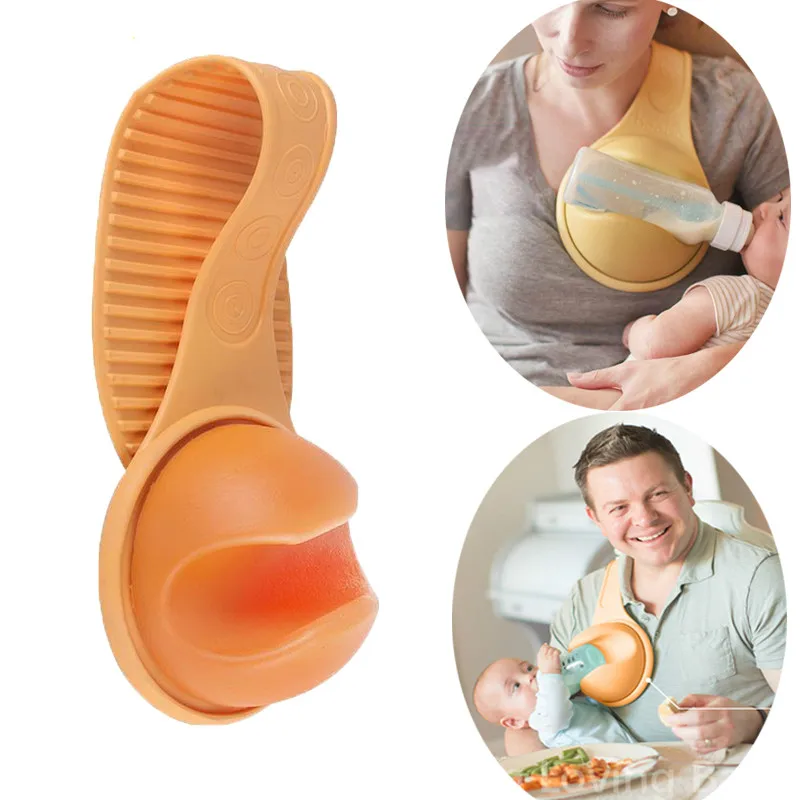 It is a “low bowl with a spout, shaped like ‘Aladdin’s lamp.’” It has advantages over cup feeding in that it helps babies take a higher volume of milk in the least amount of time, and it reduces milk spillage.
It is a “low bowl with a spout, shaped like ‘Aladdin’s lamp.’” It has advantages over cup feeding in that it helps babies take a higher volume of milk in the least amount of time, and it reduces milk spillage.
While the idea behind it is very noble and practical, what the doctors forget to mention and emphasize on is that this “arrangement” benefits both the child and the mother only till such time the kids are weak. Once they gain enough strength to suckle at their mommies or at the bottle, this very arrangement can turn to a nightmare if followed blindly.
When the babies learn to suckle they are inevitably looking for “nipples” which soothes, pacifies and feeds them all at the same time. However, with doctors almost trying to “ban” bottles, it becomes a struggle and a battle each time the kid is to be fed. Not all kids like the idea or the sensation of a cold steel “thing” being forced at the corner of their tender mouths and milk being forced into them. Some take to it while others rebel. My twins fall under the second category. As a result, feeding them became a chore and it turned into something we dreaded. Neither of my twins took to it. They would be hungry, wailing, crying, upset and any effort made towards feeding them with “paladai” either resulted in violent bouts of screaming and coughing and as a result they would puke whatever little I could manage to feed, or it took the entire household to divert their mind elsewhere so that we could manage to pour in about 30-40 mls somehow and make it stay. Neither of these approaches were feasible or sustainable in the future.
My twins fall under the second category. As a result, feeding them became a chore and it turned into something we dreaded. Neither of my twins took to it. They would be hungry, wailing, crying, upset and any effort made towards feeding them with “paladai” either resulted in violent bouts of screaming and coughing and as a result they would puke whatever little I could manage to feed, or it took the entire household to divert their mind elsewhere so that we could manage to pour in about 30-40 mls somehow and make it stay. Neither of these approaches were feasible or sustainable in the future.
Obviously, with so much exhaustion on both sides, it was certainly not going well. Much as I tried to reason with the doctor and my family, people were quite adamant that I stick to paladai for:
· Bottles always have a high risk of causing infection owing to improper sterilization
· Bottle feeding can cause “nipple confusion” wherein the baby gets used to the comfort of bottle and refuses to suckle from his/her mumma as it is obviously more work for them.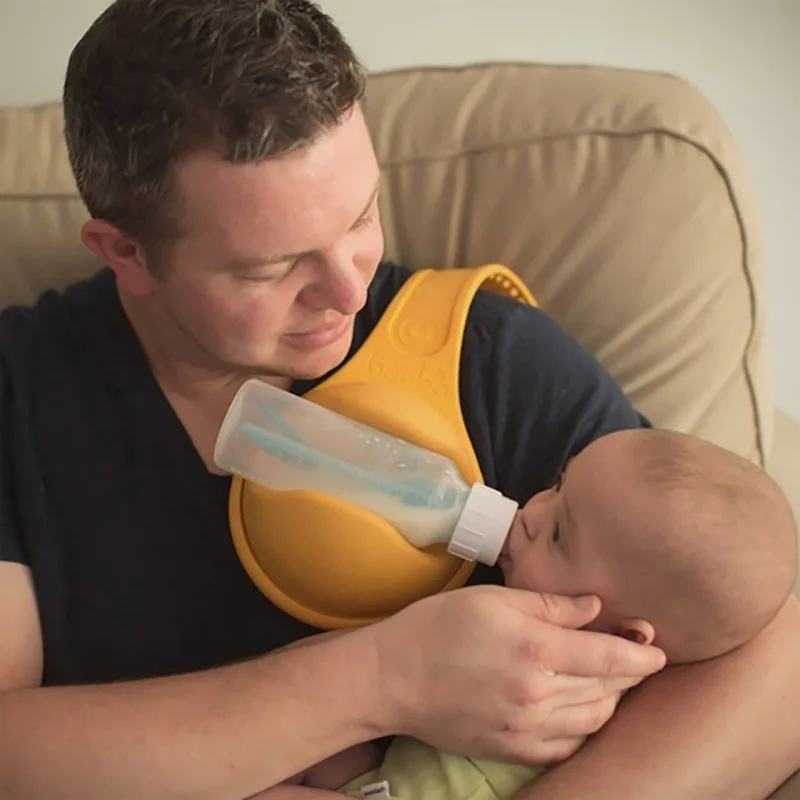
In my case none of these reasons held good as first of all we are an educated lot who were extra cautious with the “sterilization process” and secondly I was not a lactating mother and hence there was no room for “confusion” at all. The only thing that my kids would have suckled at would have been bottles.
Further, since I was a mother of twins, and given that my daughter was weaker than my son – we had to feed my daughter every two hours and my son every 3 hours. We fed by the clock and did not resort to demand feeding as it is extremely difficult to demand feed twins or multiples. Therefore there were about 20 feeds in a span of 24 hours. Each feed would take about 20 to 30 minutes. This frequency would sometimes be even higher as my daughter had a severe reflux issue and she would vomit very often and therefore had to be fed again. It was getting increasingly difficult and distressing to maintain this frequency and this pace.
Finally, some good sense prevailed when we thought that irrespective of whatever the pediatrician and his "booking knowledge" had to say, we will give “bottle feeding” a shot. Needless to say, it worked like a miracle. My children were calmer, there was no force feeding and the additional boon was that I was less stressed.
Needless to say, it worked like a miracle. My children were calmer, there was no force feeding and the additional boon was that I was less stressed.
· Agreed that “WHO” has put a ban on “bottles” to prevent infant deaths caused by diarrhea owing to lack of or poor sterilization methods adopted by the lesser privileged people in our country,
· Agreed that “nipple confusion” is a possibility and agreed that “paladais” are safer as they are made of steel and are sterilization friendly, still I would say that a rule cannot be and should not be applied blindly to all and sundry.
One has to factor in the “comfort of the child” as well as the “stress level of the mother” and then evaluate as to what best suits the situation. Each situation is unique.
Guidelines are meant to be pointers and one must have the flexibility and practical outlook to base their approaches on them. These are not meant to be followed blindly especially at the cost of one's peace of mind. Disclaimer: The opinions expressed in this post are the personal views of the author. They do not necessarily reflect the views of Momspresso.com. Any omissions or errors are the author's and Momspresso does not assume any liability or responsibility for them.
Disclaimer: The opinions expressed in this post are the personal views of the author. They do not necessarily reflect the views of Momspresso.com. Any omissions or errors are the author's and Momspresso does not assume any liability or responsibility for them.
Published:Mar 02, 2016
- Baby
- New Parents
- Newborn care
- Health
- Baby
- Feeding
- Newborn
- Post Partum Issues
- Breastfeeding
- Newborn Care
- Premature
composition, indications, dosage, side effects
Pallapda has an antihistamine and pronounced antiallergic effect. When applied topically, eye drops eliminate the symptoms of seasonal allergic keratoconjunctivitis (burning, itching or redness of the mucous membrane of the eyes). Olopatadine, which is part of the drops, has the ability to suppress the release of biologically active substances, such as histamine, leukotrienes, bradykinin, which are mediators of inflammation.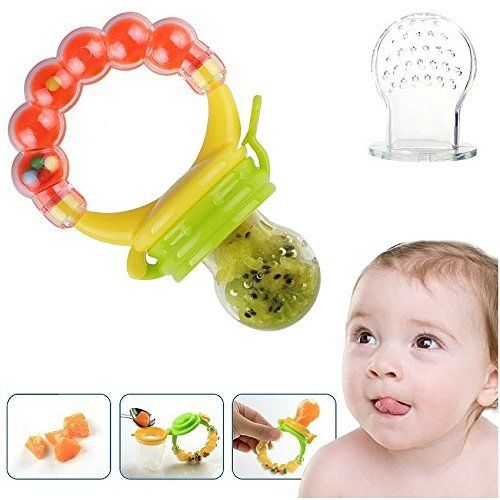 The drug stabilizes the membranes of mast cells responsible for the manifestation of immediate allergic reactions. nine0003
The drug stabilizes the membranes of mast cells responsible for the manifestation of immediate allergic reactions. nine0003
Composition and formulation
Pallada is an eye drop that is produced as a clear solution. The main element of the drug olopatadine, as additional substances in the composition, are indicated: anhydrous disodium phosphate, benzalkonium chloride solution, sodium hydroxide or hydrochloric acid (diluted), sodium chloride, water for injection. 1 dropper bottle 5 ml is packed in a cardboard box.
Indications for use
Pallada is used to treat allergic seasonal conjunctivitis. nine0003
Contraindications
Pallad drops are contraindicated if the patient has an individual intolerance to the substances that are part of the drug and children under 8 years of age.
Use during pregnancy and lactation
The use of Pallada during pregnancy and lactation is not desirable, but possible only if the expected therapeutic effect is significantly higher than the expected risk to the fetus or child. nine0003
nine0003
Dosage and administration
Shake the vial with the drug before use.
The dose of Pallada for adults and children over 8 years of age is 1 drop 2 times a day, instilled into the lower conjunctival sac of the affected eye. The time interval between instillations is 6-8 hours. The duration of therapy is determined by the attending physician.
Drops are for topical use only. To avoid contamination of the solution and the pipette tip, do not touch any surfaces and close the vial tightly after each use. nine0003
Overdose
It is almost impossible to overdose with Pallada, if an excessive amount of drops gets into the eye, just rinse the eyes with warm water.
Side effects
The use of Pallada can cause a number of side effects, the most common are: iritis, lacrimation, pain and burning in the eyes, keratitis, sensation of a foreign body in the eye, swelling of the eyelids. Also headache, weakness, sinusitis, dizziness, pharyngitis, nausea, rhinitis, change in taste. Occasionally, may cause photophobia, blurred vision, decreased visual acuity, eye discomfort, eye itching, ocular discharge, ocular hyperemia, blepharospasm, eyelid redness, edema, conjunctivitis, conjunctival hyperemia, conjunctival follicles, corneal epithelial disorders, corneal staining, erosion cornea, keratitis. nine0003
Also headache, weakness, sinusitis, dizziness, pharyngitis, nausea, rhinitis, change in taste. Occasionally, may cause photophobia, blurred vision, decreased visual acuity, eye discomfort, eye itching, ocular discharge, ocular hyperemia, blepharospasm, eyelid redness, edema, conjunctivitis, conjunctival hyperemia, conjunctival follicles, corneal epithelial disorders, corneal staining, erosion cornea, keratitis. nine0003
Storage terms and conditions
Pallada storage conditions are quite simple: room temperature not higher than + 25°C, out of reach for children. The shelf life of the solution is 36 months. Vacation is made by prescription.
Tips for choosing the best hotel for families with children
Planning a family vacation, especially when it comes to a family with one or more children, requires extensive preparation. If the planned event is of an offsite nature, first of all it is worth deciding not only where to go, but also where to stay for the duration of the trip. nine0003
nine0003
When looking for a suitable place where you can comfortably settle down, it is worth remembering that children are much more demanding in terms of living conditions than adults. They need to follow a certain daily routine (including those related to eating and sleeping). Therefore, for a good rest with children, it is better for parents to opt for hotels that guarantee service at the required level.
Modern hotel business is ready to offer a wide range of services that go beyond the standard service. For example, now during a family trip it is not necessary to take the child everywhere with you. In the best hotels for families with children, this problem is solved simply - children's rooms and even entire camps operate right on the territory, whose qualified staff will provide a full-fledged entertainment program for little guests while their parents are busy. nine0003
Another important aspect to pay attention to is the location of the hotel.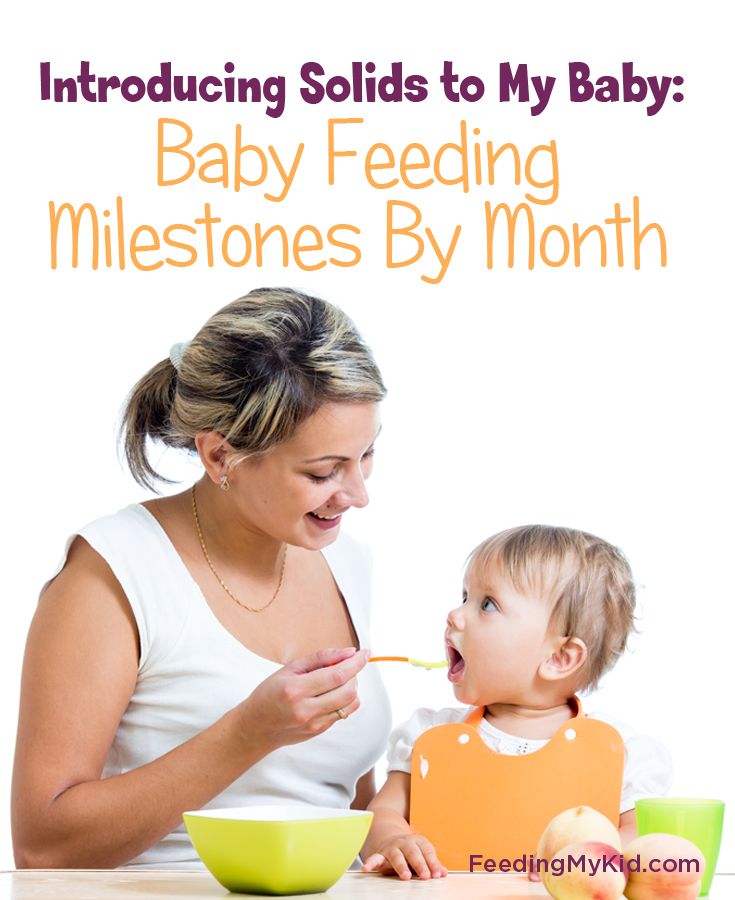 It is better that the hotel where you decide to spend your holidays with your children is located in a quiet area, but at the same time it would not take long to get to various tourist attractions from it. As a reasonable alternative, a convenient free shuttle system to the right place can be used.
It is better that the hotel where you decide to spend your holidays with your children is located in a quiet area, but at the same time it would not take long to get to various tourist attractions from it. As a reasonable alternative, a convenient free shuttle system to the right place can be used.
Often, for the convenience of younger guests, hotels have baby cots, changing tables and even special chairs for feeding. At the moment, it is customary to divide rooms for living by age, which have their own abbreviation: nine0067
- inf (infant) - suitable for children under two years old.
- ch - from two to six years;
- CH (child) - from six to twelve years old.
Therefore, before traveling, it is worth clarifying the possibility of settling with a child from the administration.
When choosing a hotel, you should also pay attention to the following important aspects: the quality of cleaning in the room, the possibility of obtaining first aid, the presence of a landscaped area (preferably with a town for joint recreation with children).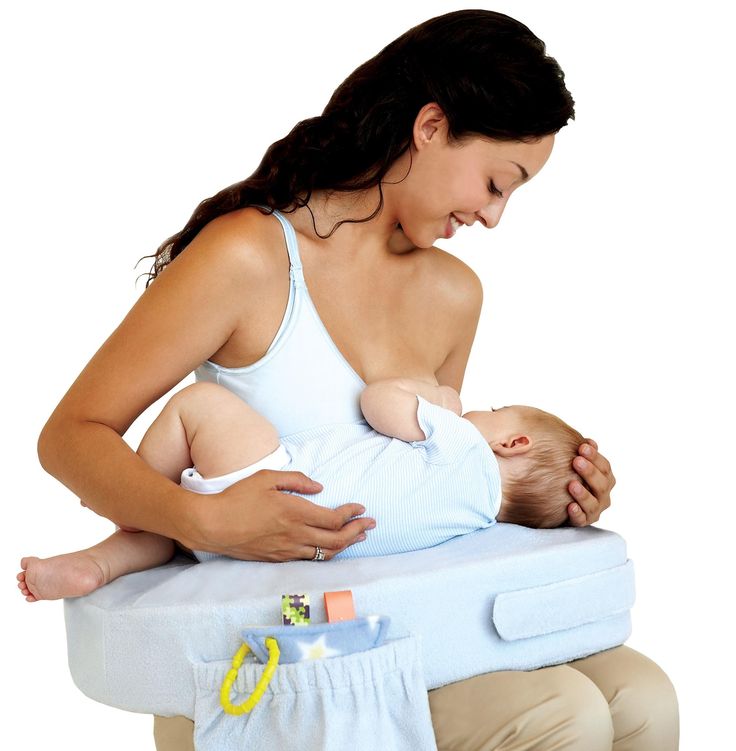 nine0003
nine0003
Tips for having an unforgettable time
Above in the text, we tried to look at the issue of choosing a hotel from the standpoint of ensuring maximum comfort for children. Now we will try to highlight other key aspects of hotel accommodation, which should also be paid close attention to:
- price per room;
- food;
- distance from metro or public transport stops;
- parking; nine0071
- free internet.
Some hotels only offer options with a double bed or two single beds. Therefore, it is better to narrow your search to offers that provide for the possibility of installing an extra bed for a child.
Food should be not only tasty, but also healthy. Better to have breakfast included. Lunch and even dinner can be made part of the tourist program by visiting a cafe or restaurant that you like during a walk or excursion.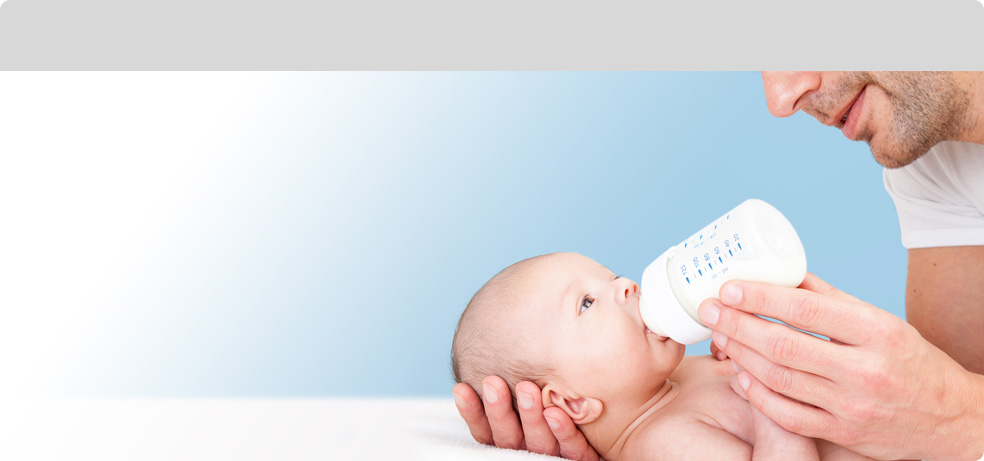 But starting a new day by looking for a place to eat is an extremely dubious undertaking if you are relaxing with your children. nine0003
But starting a new day by looking for a place to eat is an extremely dubious undertaking if you are relaxing with your children. nine0003
Depending on the preferred mode of transportation, when choosing a hotel, you should pay attention to the availability of parking or its distance from the metro and public transport stops. If you are traveling with children by train or plane, a transfer to your destination will come in handy - the best hotels for holidays are famous for this service. You should not save on the location of the hotel, as children can get tired after a whole day of hiking, and the return trip will take forever. nine0003
Having free Wi-Fi is definitely a plus. Using the Internet, you can buy or book tickets for various entertainment events, plan a travel route for the day, keep abreast of current events, etc.
Hotel "Pallada" - the best choice for families with children
Moscow is not only the capital of our country, but also one of the world's most famous tourist centers.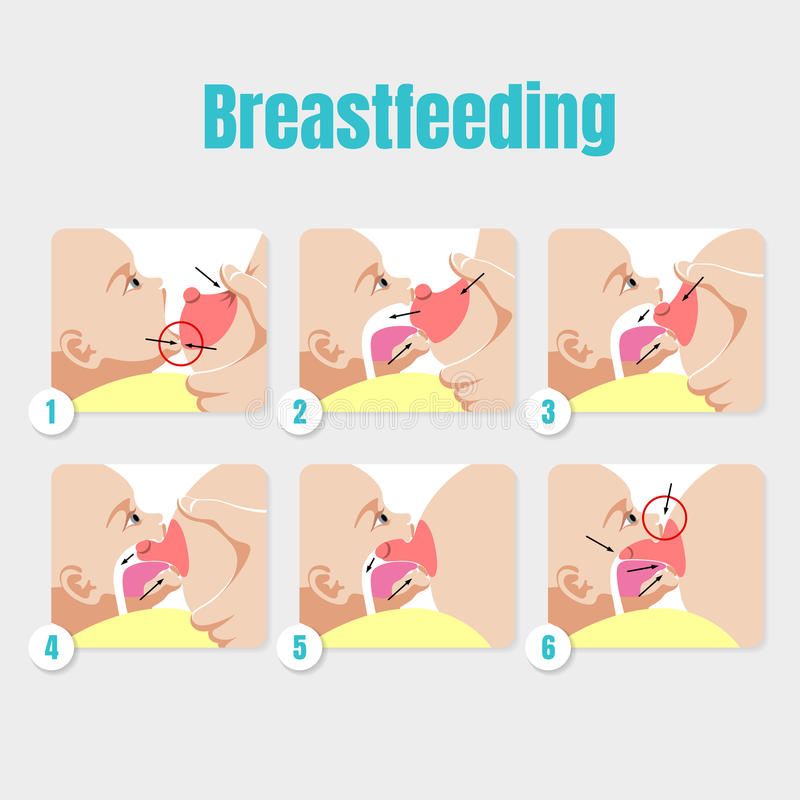 Despite the obligatory features of a modern metropolis (hum, traffic jams, bustle), the city appears to tourists in a completely different way - with an abundance of monuments, parks, fairs, fountains, beautiful streets and majestic buildings. nine0003
Despite the obligatory features of a modern metropolis (hum, traffic jams, bustle), the city appears to tourists in a completely different way - with an abundance of monuments, parks, fairs, fountains, beautiful streets and majestic buildings. nine0003
If you have already planned a family trip to Moscow, but have not yet decided where to stay, we recommend that you pay attention to the Pallada Hotel. It is the best choice for families with children. Prices will satisfy absolutely any tourist. Convenient location allows you to get from metro station "Konkovo" in just 5 minutes. There is a wide range of rooms to choose from:
- economy;
- standard;
- standard improved;
- junior suite; nine0071
- lux.
Healthy eating, especially breakfast, is the key to a good mood for the whole day. Milk cereals, yogurt, juicy fruits and tea are all included in the menu.
The hotel is non-smoking, and living conditions contribute to maintaining a healthy lifestyle: guests can walk, play sports and other outdoor activities in the park area.


